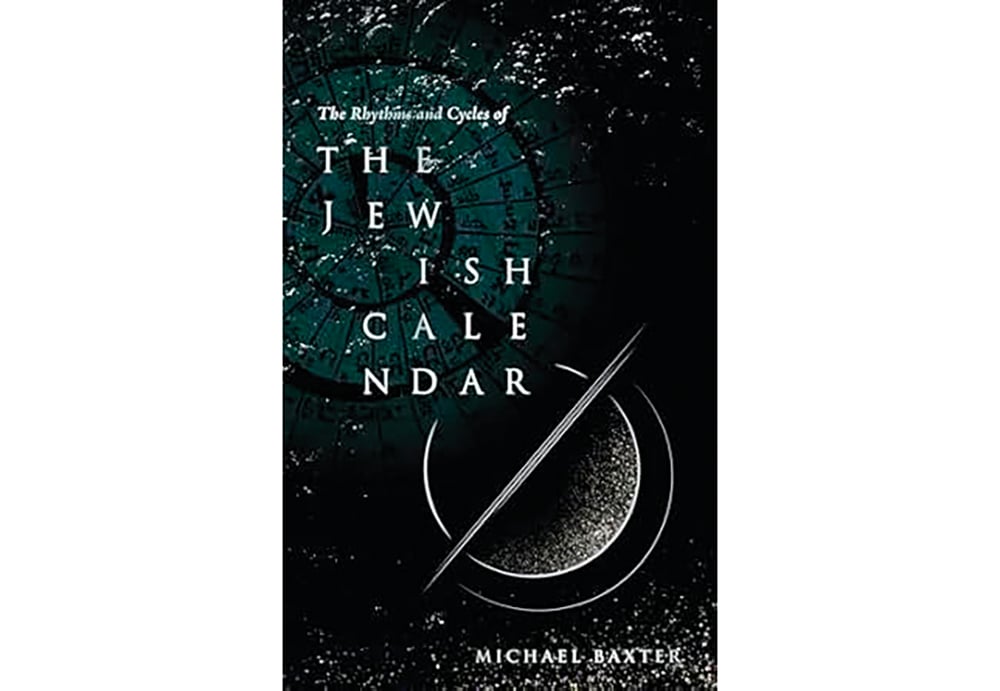
Reviewing: “The Jewish Calendar” by Michael Baxter. Mosaica Press. 2024. English. Hardcover. 436 pages. ISBN-13: 978-1957579993.
There are many things that go on behind the scenes that take a significant amount of effort, but people can often be oblivious to them. For example, the effort involved in making a sheva brachot, setting up a shidduch and more. In the weeks before Rosh Hashanah, many of us get calendars in the mail and we get our shul calendar monthly. The latter two take significant effort to produce.
If you want to understand the complexities and dynamics of the Jewish calendar, the aptly named book “The Jewish Calendar” by Michael Baxter is an amazing resource that details everything on the topic.
The calendar is ubiquitous and essential to Jewish life. It helps us know the weekly parsha, determine the date of a yahrzeit, holidays and much more. But the fact that one may get a dozen calendars in the mail before Rosh Hashanah hides the complexities that go into its making.
The Jewish calendar is mathematically far more complex than the civil (Gregorian) calendar. Its complication has attracted the attention of many mathematicians, Jewish and non-Jewish, including one of the greatest mathematicians ever, 19th-century German mathematician Carl Gauss. Baxter writes that while many books outline the basic rules for calculating the calendar, no detailed analysis of the mathematics has been published in English in over 100 years.
It’s evident that the topic and book are a labor of love for Baxter. He is eminently qualified to write on the subject, as he is a British chartered statistician, the Royal Statistical Society’s highest professional qualification. He is also a Fellow of the Royal Statistical Society and a past chairman of its Official Statistics Section.
The book does not require advanced mathematics to read. However, those who appreciate statistics and calculations will be the best target for this book. It will undoubtedly make an excellent gift for the actuaries and accountants in your circle.
On one side, Hillel II, the creator of the calendar, wanted to make rules simple enough to be easily implemented, so the calendar system was designed to be fairly simple and good enough for practical purposes. But even within that goal of making it reasonably simple, its calculations still have many rules, all of which Baxter details.
In the short-term, Hillel II’s calendar is remarkably accurate and consistent with current science and chronology. But Baxter writes of the long-term accuracy of the Jewish calendar, as there will be serious problems in about 8,800 years when the first day of Pesach will be June 22, which is in the summer, not the spring. And in about 20,100 years, Rosh Hashanah will be on Jan. 1. However, Hillel II created the calendar based on the assumption that the world would exist for 6,000 years.
Baxter has done a fantastic job writing this comprehensive work on the Jewish calendar. He details everything about the creation, establishment, rules and calculations needed to ensure the vital Jewish calendar’s accuracy.
For people that just want to know the dates of a holiday, this is not their book. But for those that want to know the deep details about the Jewish calendar and the exactness about how it is created, this will be a fascinating read.
Ben Rothke lives in New Jersey and works in the information security field. He reviews books on religion, technology, philosophy and science. Follow him on X at @benrothke.










